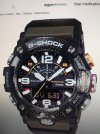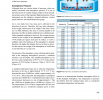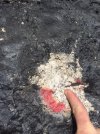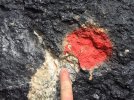Ok shot yesterday in Arizona for the first time since shooting in CO last Saturday. I had been hammering my gongs at 715 and 905 at my CO place, which is at 8750 feet. Took out two of the rifles I shot in CO.
Shot at 790 yards with one of my 28N's; mirage was pretty fast and flat at first; originally figured 10 mph, but when I focused on it using my parallax knob, it just didn't see like a 2.25 MOA wind hold, so I held 1.5. SIG said drop would be 13.5 MOA IIRC; in any event, I hit my 2.5" aiming circle dead center.
Got out my Lapua and shot at 1180 yards, which was about 45 deg from my 790 target. SIG said come up 29. By now the wind was all over the place; first glance I figured 4-5 MOA. Then it dropped and I figured it was 6mph from effectively 9, so I was going to hold 3 MOA. But then it died, soon to be blowing from the right. I was getting antsy, but wanted to wait for it to settle down. I hate shooting in temporarily calm conditions, but I fired with a slight mirage to the left. Figured spin at 1180 would cancel out any drift. Hit just off the circle.
Bottom line: The SIG adjusts for barometric pressure/altitude pretty well.




